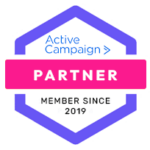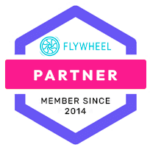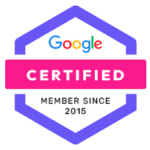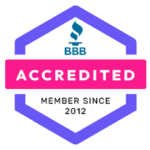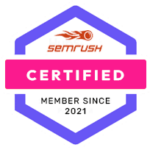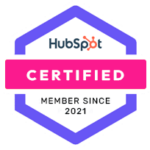What “Optimizing Your Content” Actually Means (And What to Fix First)

You’ve probably heard it before:
- “We’re optimizing your content.”
- Or worse: “We’re working on your visibility.”
Cool. But what does that actually mean? And more importantly—how does it help your business grow?
If you’re a small business owner (especially a busy parent), you don’t have time for vague marketing lingo. You want to know:
- What’s working
- What’s broken
- What to fix first
This guide gives you just that. No fluff. No filler. Just a simple checklist you can actually use to rank higher, attract more leads, and turn visitors into customers.
So, What Does It Mean to “Optimize Your Content”?
It means your blogs, service pages, and website copy are doing their job:
- Helping your site show up on Google
- Answering real questions your audience is asking
- Encouraging visitors to take action (buy, book, call, etc.)
Everything else—graphics, slogans, hashtags—is just extra. Nice to have. Not essential.
The No-Fluff Content Optimization Checklist
1. Is the Page Targeting a Real Keyword?
If you’re writing “My Favorite Cupcake Recipes” when people are searching for “Best Cupcake Bakery in Portland,” you’re missing out.
Fix this first if: Your titles are clever but don’t match what people are actually Googling.
2. Is the Keyword in the Right Places?
Once you know your keyword (e.g., “family photographer in Tampa”), make sure it’s in:
- Your page title
- Meta description
- Headline (H1)
- First 100 words of content
- The URL
- At least one image alt tag
Fix this first if: Your content is great—but Google has no idea what it’s about.
3. Is the Page Actually Helpful?
Google rewards pages that give real value. Ask yourself:
- Does it answer common questions?
- Is it clear, updated, and easy to understand?
- Does it explain what you offer and why it matters?
Fix this first if: Your content is short, vague, or outdated.
4. Is There a Clear Next Step?
Add a call to action (CTA). Something like:
- “Book a Free Consultation”
- “Order Now”
- “Get a Free Estimate”
Fix this first if: People visit but don’t contact you or buy anything.
5. Can Someone Skim It?
Your readers are busy. Probably holding a baby or juggling dinner while they scroll. Make it scannable with:
- Short paragraphs
- Subheadings
- Bullet points
- Bold text for key takeaways
Fix this first if: Your content looks like one giant paragraph.
6. Is It Fast and Mobile-Friendly?
Use Google’s PageSpeed Insights to test your load time. If it’s slow or hard to use on a phone, it’s hurting your SEO.
Fix this first if: Your site loads in over 3 seconds or doesn’t look good on mobile.
7. Are You Linking to Other Pages?
Internal links guide your visitors and help Google understand your site. Add links like:
- From a blog post to your contact or services page
- From one blog post to another on a related topic
Fix this first if: Every page on your site stands alone with no links in or out.
Bottom Line: Make Your Content Work for You
“Optimizing content” isn’t a vague to-do list item—it’s a strategy. And when done right, it helps you rank on Google, build trust, and turn visitors into real customers.
Need Help? We’ve Got You.
At HeartCore Growth, we help small business parents:
- Write blog posts that rank
- Fix underperforming content
- Speed up websites and improve SEO
- Turn your content into leads and conversions
Contact us today and let’s make your content actually work for your business.



